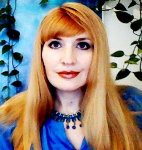 Hi, my name is Joely Rogers and I am the president of huney.net, LLC, an online honey store that showcases unique raw honey varietals from the regional United States. I formed my company in 2012 after falling in love with honey and honeybees during a nine-month apprenticeship with a former beekeeper who taught me how to make honeywine (mead).
Hi, my name is Joely Rogers and I am the president of huney.net, LLC, an online honey store that showcases unique raw honey varietals from the regional United States. I formed my company in 2012 after falling in love with honey and honeybees during a nine-month apprenticeship with a former beekeeper who taught me how to make honeywine (mead).
Since huney.net is based in Dallas, our honey selection is Texas-centric and includes five unique Texas varietals – Cotton, Huajillo, Wildflower, Sweet Clover, and Tallow Tree honey. Today I’d like to tell you a little about each of these Texas honeys.
Cotton – straight from the cotton fields of west Texas, this honey is naturally crystallized and spreadable like butter. It is very sweet with a mild creamy flavor and a clean, fresh smell. My favorite way to eat it is cotton honey and peanut butter sandwiches.
 Huajillo – this honey comes from the huajillo plant, a shrub in the acacia family native to the southwestern United States. It has a deeply sweet taste with a delicate floral smell. Drizzle it over sopapillas or use it as a glaze for baked pork chops.
Huajillo – this honey comes from the huajillo plant, a shrub in the acacia family native to the southwestern United States. It has a deeply sweet taste with a delicate floral smell. Drizzle it over sopapillas or use it as a glaze for baked pork chops.
Texas Wildflower – in springtime the grasslands of Texas are covered with plethora of wildflowers such as bluebonnets, Indian paintbrush, pink evening primrose, and horsemint. The bees forage for nectar and pollen from these flowers creating a flavorful uniquely Texas honey. Use it in place of the sugar in pecan pie recipes.
Sweet Clover – a beautifully clear honey made from north central Texas sweet clover blossoms. It is intensely sweet with a fragrant herbal smell. I like to use it as a dip for fried chicken.
Tallow Tree – a rich, spicy honey from the gulf coast of Texas. The tallow tree, also known as the popcorn tree, is a favorite of beekeepers in the south central and southeastern United States because of its abundant nectar flows. Pour it over French toast sprinkled with cinnamon and nutmeg.
In addition to our Texas varietals, we also carry Buckwheat, Sourwood, and Orange Blossom honey. We ship to all 48 continental United States and offer local pick-up at our Dallas facility. For more information visit https://www.huney.net, email [email protected], or call 469-834-0838.
…Scott



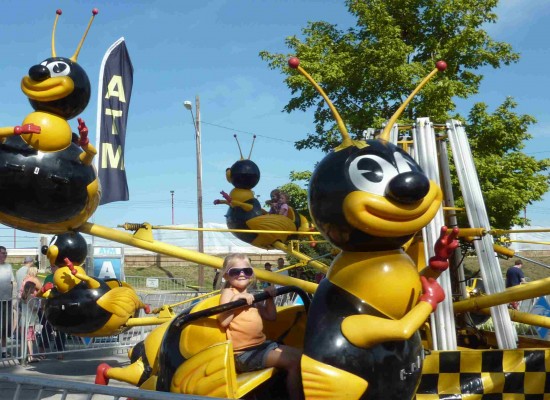

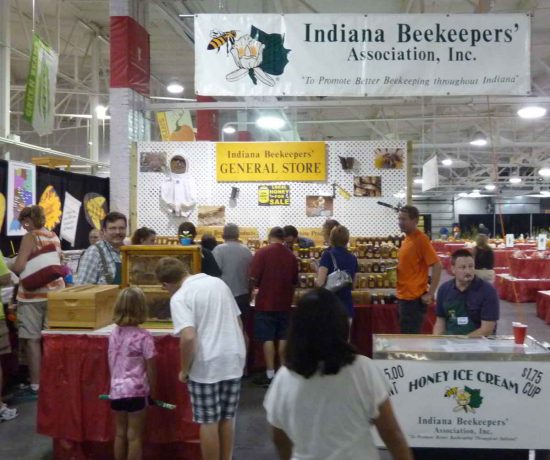


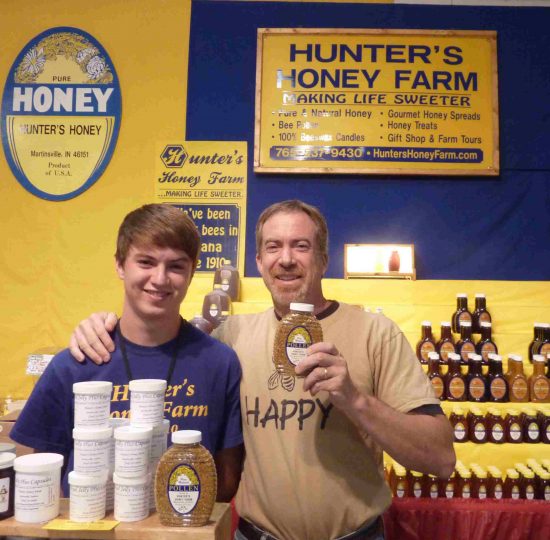
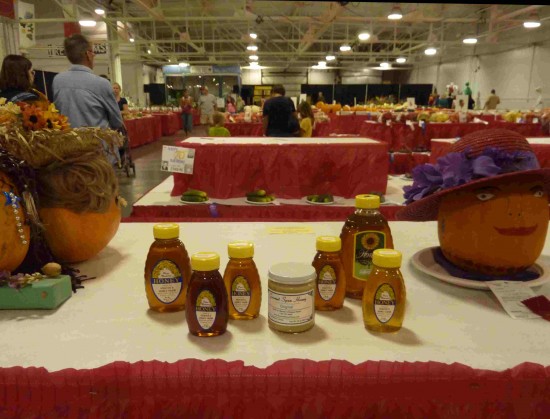

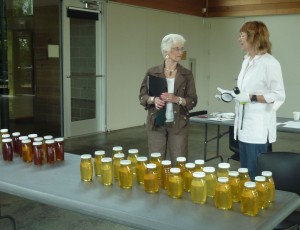




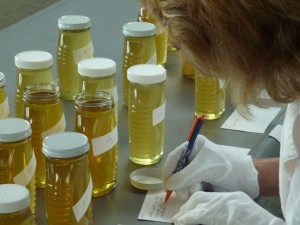

Recent Comments